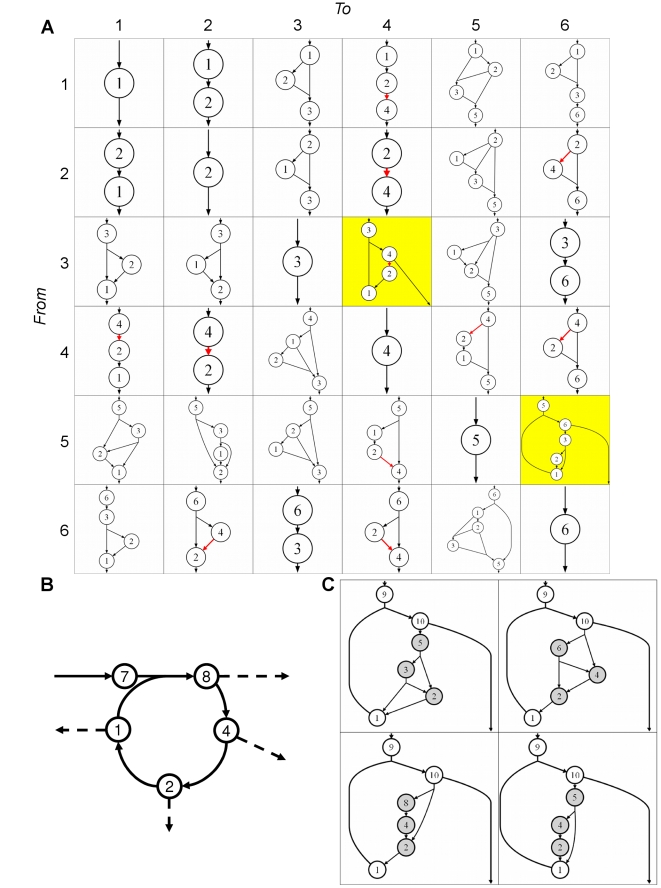Figure 2. Emergent complexity and modularity in artificial network topology.
(A) This set of example MBPs displays the emergent modularity of structure and function, as well as the multiple usage of different reactions. Each row denotes the input metabolite used, and each column the output metabolite. The reaction marked in red interconverts a 2 + a 2 ↔ a 4 and is the most used reaction. MBPs on a yellow background are autocatalytic cycles. For a larger image with more examples, and a more detailed view of the properties observed in these networks, see Figure S1. (B) A single autocatalytic loop is used as a modular backbone for several MBPs: the cycle that constructs a 8 from a 7 is also used to produce a 1, a 2, and a 4. (C) Four examples of the MBP that produces a 10 from a 9. Each breaks down a 10 into a 1 in different but equally optimal ways. Each of these sub-pathways (shaded metabolites) is an MBP in itself, showing the modularity of use of each of these metabolic tools.

